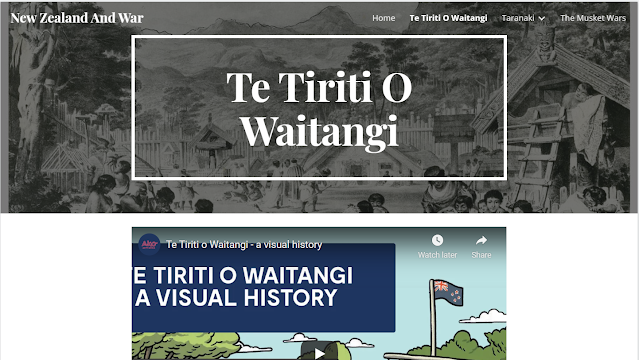Reflective entry 1: Identify a research topic that is relevant to your area of practice and relates to Digital and Collaborative Learning
I have begun teaching a full immersion, year 7 and 8, Kura Kaupapa unit this term. My program of learning, I think, is fairly comprehensive, but in the first lesson where I gathered student voice, many students voiced that they didn’t see the point in learning computers. I have started discussions with the Kura’s Kaiako about what they feel is important for their ākonga to learn. Through these discussions and research, my hope is to develop a unit of Digital Technology that is both culturally responsive and something that engages Māori learners.
Te Rangahau framework is something that I want to align myself with, in particular Ako Māori - A culturally preferred pedagogy, Taonga tuku Iho - Cultural Aspiration, and Kaupapa - the collective philosophy, which refers to a broader philosophy around the development of education with cultural aspirations of the wider community in mind (http://www.rangahau.co.nz/research-idea/27/). My hope is that these aspects of pedagogy will engage the tamariki and provide them with key skills that they can take into their future to promote them as digitally competent learners.
Hangarau Matahiko: Digital Curriculum Framework (https://technology.tki.org.nz/Technology-in-the-NZC/Digital-technologies-support/DT-professional-learning) is also something I am wanting to familiarise myself with and utilise more fully in my classroom. Presently my focus in teaching has been on the Computational Thinking strand of the Hangarau Matahiko: Digital Curriculum Framework. This new learning would allow me to learn more about the Design for Digital Outcomes strand of the curriculum. With a focus on Experimenting with a range of digital tools to see what they can and can’t do, such as manipulating text, images, audio and video in a range of digital apps and programs including coding programs, and creating and presenting learning using a range of digital tools.
When ākonga understand and are passionate about what they’re learning, that’s when creativity is utilised to construct learning outcomes. Fullen and Langworthy agree when they note that the very heart and motivation of a teacher is to ignite that passion and imagination in a learner that fosters curiosity and creativity (Fullen & Langworthy, 2014, p10). My students are at the centre of everything I want to develop in the curriculum. Making sure their focus is toward developing creative solutions for the future that make sense within their context.
I have reflected on my understanding of Māori learners and my knowledge of the curriculum, and have decided I want to improve my practice to be more culturally responsive. Whether that is including more te reo, allowing submissions of work in te reo, or using tools that have been specifically designed with Māori learners in mind.
As I researched what other digital options or tools may be already developed. I have found amazing apps that have been created to teach students about the local iwi, Te Atiawa. Three digital resources developed by “Te Kotahitanga O Te Atiawa Taranaki” allow students to engage in the landscapes, waterways and the stories of Waitara. I could use these apps to learn more about the local iwi and also to engage students with the new learning in developing virtual reality digital experiences about the area they whakapapa back to. (Te Kotahitanga o Te Atiawa, 2017-2019). This could also bring about strengthening relationships with ākonga by understanding more of their personal and cultural histories.
Initial research that I have done has indicated that amongst indigenous communities, there appears to be an historic cycle of hopelessness and joblessness (Carrie, 2002). Although in recent years, this is beginning to improve, there is still a digital divide between the opportunity technology represents for indigenous communities and the reality of access to digital technology. In partnering with the Kura, I would like to provide opportunities that otherwise the ākonga may not be able to experience due to resourcing and expertise.
Billy, C. L. (2002). Moving Toward the Circle of Prosperity: The Cyber-Journey. (Vol. 14). Tribal College: Journal of American Indian Higher Education; Mancos.
Fullen, M., & Langworthy, M. (2014). A Rich Seam. Pearson. https://www.michaelfullan.ca/wp-content/uploads/2014/01/3897.Rich_Seam_web.pdf
Te Kotahitanga o Te Atiawa. (2017-2019, August 14). Te Kotahitanga o Te Atiawa. Te Atiawa Digital Resources to Download. https://teatiawa.iwi.nz/blog/te-atiawa-digital-resources-available-to-download/


Comments
Post a Comment